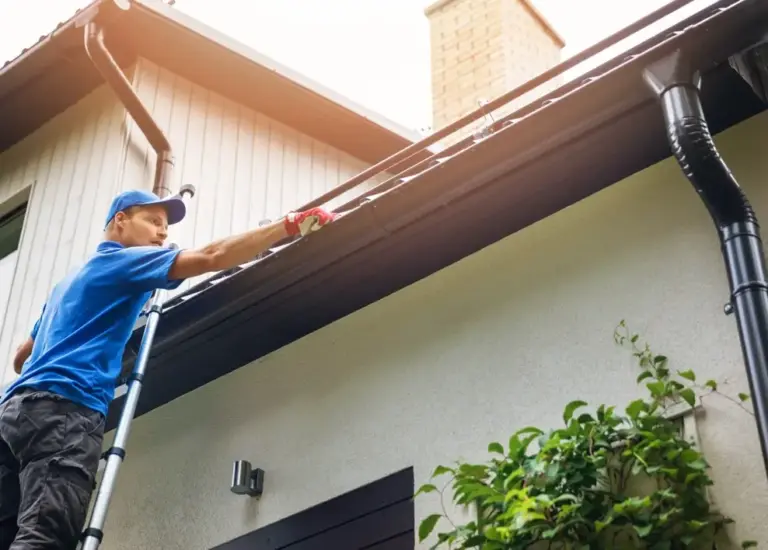Heat Tape for Gutters & Downspouts
Radiant Solutions Heat Tape Products Buying Guide
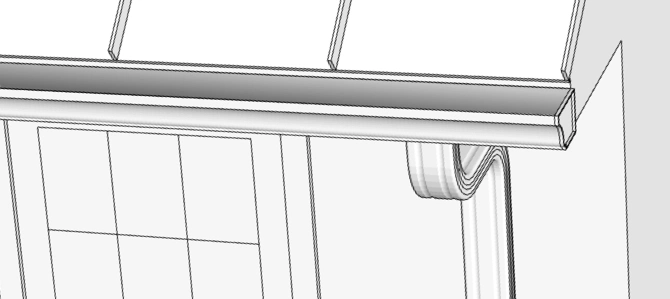
If you have issues with ice dams and you have gutters on your roof, it’s highly likely you need to address those gutters as part of your Heat Tape PRO installation. Understanding the role your gutters are playing in the formation of ice on your roof will inform their treatment when implementing a Heat Tape PRO system.
Will Heat Tape PRO in my Gutters Solve my Problem?
Understanding when and why you need Heat Tape PRO in your gutters.
Learn More
Products for Installing Heat Tape in Your Gutters
Maximize the effectiveness you your Gutter Installation
Learn More
Maintaining Heat Tape Effectiveness in Gutters
Getting the most out of your Heat Tape PRO system in your gutters.
Learn More
Will Heat Tape PRO in My Gutters Solve my Problem?
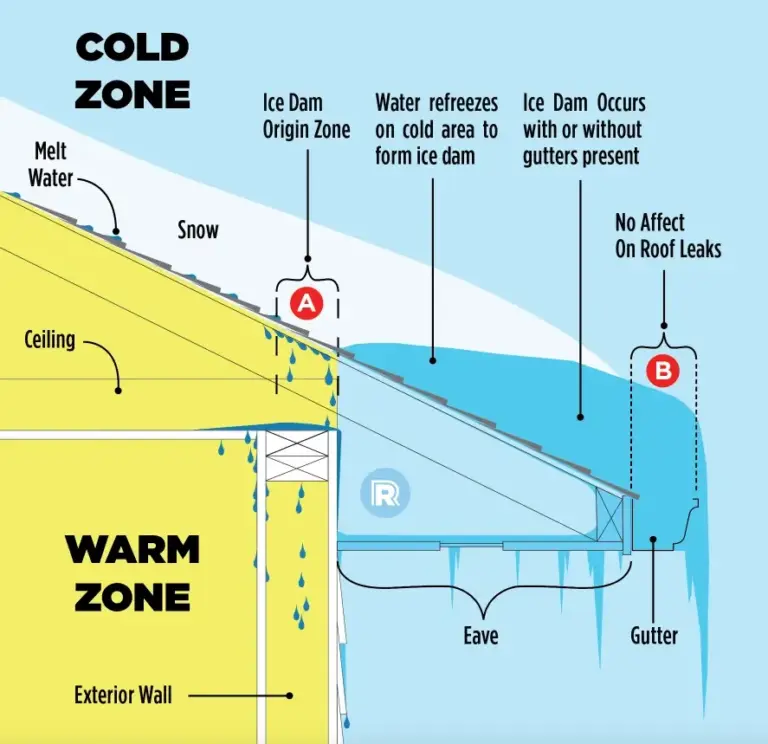
...or Do I need Heat Tape on my Roof?
Even experts in the home improvement field get confused about this question, but it’s important to understand the difference between simply having problems with ice in your gutters and having ice dams. The answer is simple: If you have ice dams, you will need heat tape on the roof and in the gutters. If you do not have ice dams, then installing heat tape in your gutters alone will likely be all you need.
Ice dams are a roof phenomenon. Melting the ice in the gutter (or removing the gutter altogether) will not affect the likelihood of an ice dam on the roof or the leaks they cause. In this diagram notice that Area A (called the ice dam ‘origin’) is unaffected by the presence of ice in Area B. We have drawn a large eave (overhang) to illustrate the point but the same facts apply to homes with small eaves as well.
How to Tell the Difference Between Gutter Ice and Ice Dams
Understanding the difference between simply having ice in your gutters and having actual ice dams is important because failure to address the problem correctly can cost you dearly.
Here are two questions that can help:
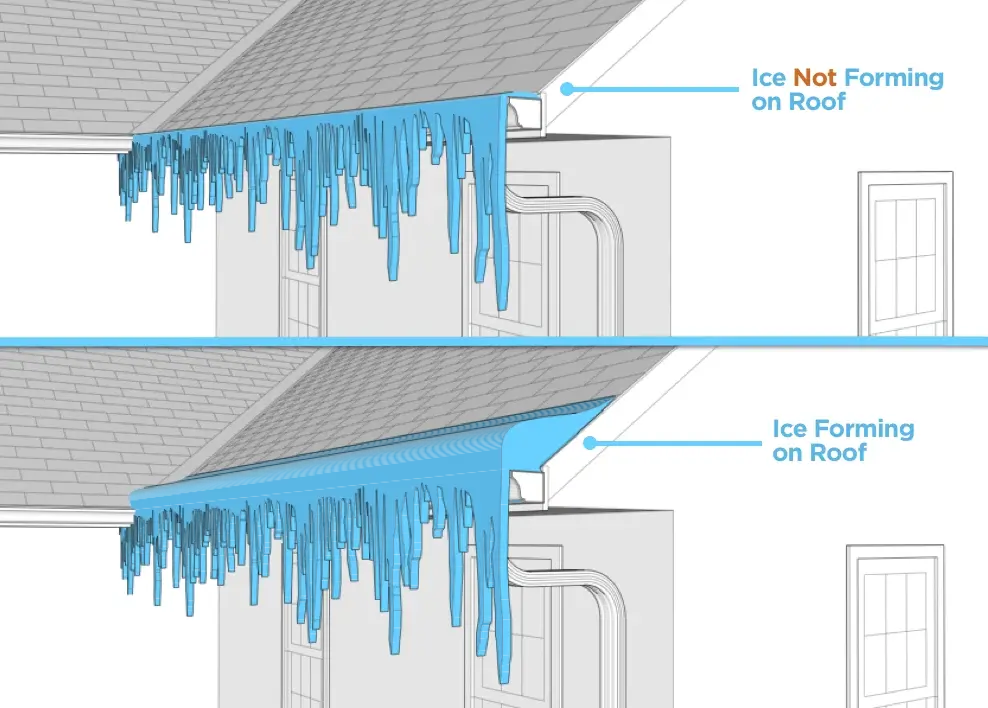
Where is the Ice?
Ice dams are defined, in part, by where they form, which is on the roof. While ice dams can build on top of ice accumulations in the gutters, eliminating the ice in the gutter in those situations will have no impact whatsoever on the ice accumulations higher up on the roof system. Note that icicles, either large or small can be associated with standard gutter ice or ice dams and snow sometimes obscures a clear view of what is happening on the roof.
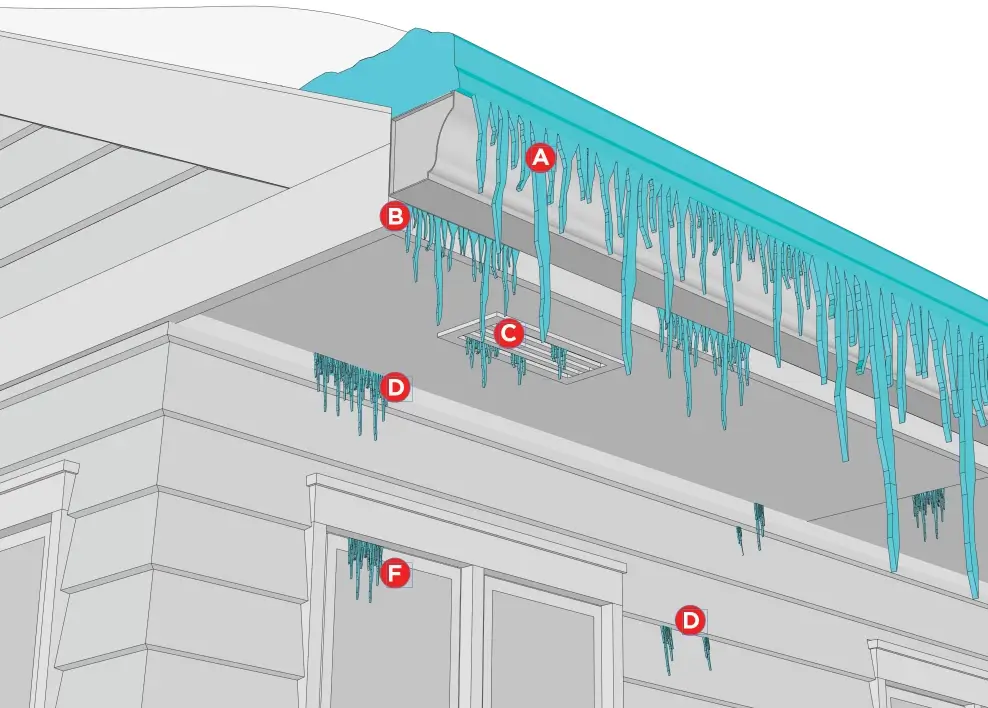
What is the Ice Doing?
The simplest way to understand if your gutter ice is limited to the gutters alone (and not also a part of an actual ice dam) is to observe what the ice is doing. Icicles are perfectly normal (A). If you see water or ice coming out from behind the gutter (B), through the eaves (C), down the exterior of your home (D), through window frames (F) or worse, inside your home, you have an ice dam. Installing cable in the gutters alone will not resolve the problem.
If you don’t see these problems, good news!
Your Heat Tape PRO system can most likely be limited to the gutters and downspouts alone. If you have experienced water leaking into your home then you will need heat cable installed on the roof and in the gutters.
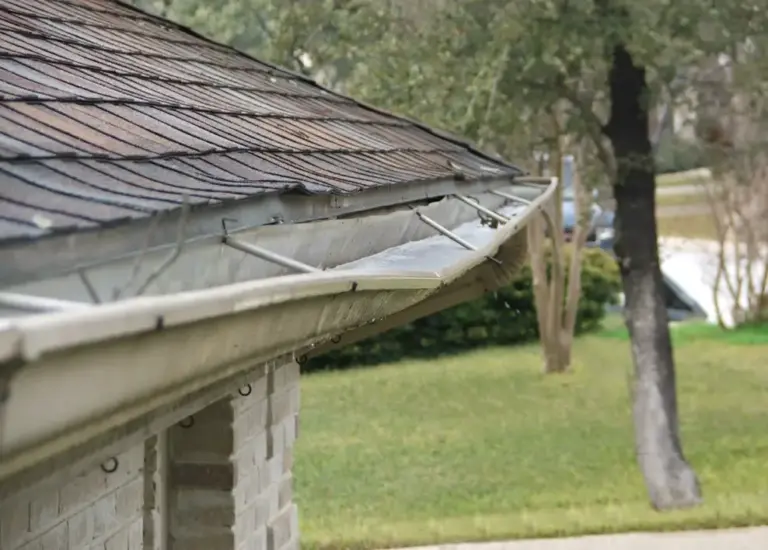
If I don't have an Ice dam, Why would I need Heat Tape PRO in my Gutters?
Build-up of ice in the gutters can cause a lot of strain on your gutter system as well as the underlying construction of your house. A cubic foot of ice weighs almost 60lbs and a gutter full of ice can accumulate thousands of pounds in weight.
Expansion of water into forming ice can pry and bend rigid gutter system can prevent it from working properly leading to a host of issues.
Heat Tape Products for Gutter Installation
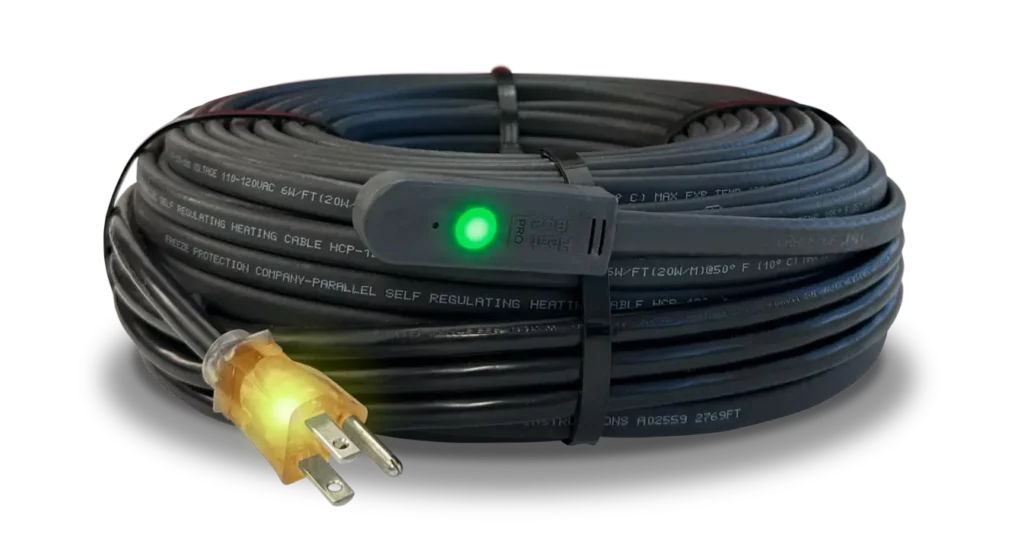
Heat Tape Pro™
Heat Tape Pro is the #1 Heat cable system in the world to protect your gutters from ice. Heat Tape Pro can come in direct contact with any metal surface without risk of shorting out or causing damage to the surface below. Our heat tape has an industry-best 10 year warranty and a team of heat tape & ice dam experts, ready to help you with your installation.
When used with our extensive ecosystem of installation roof clips, Heat Tape PRO™ is unmatched when it comes to ice dam prevention on standing seam roof systems.
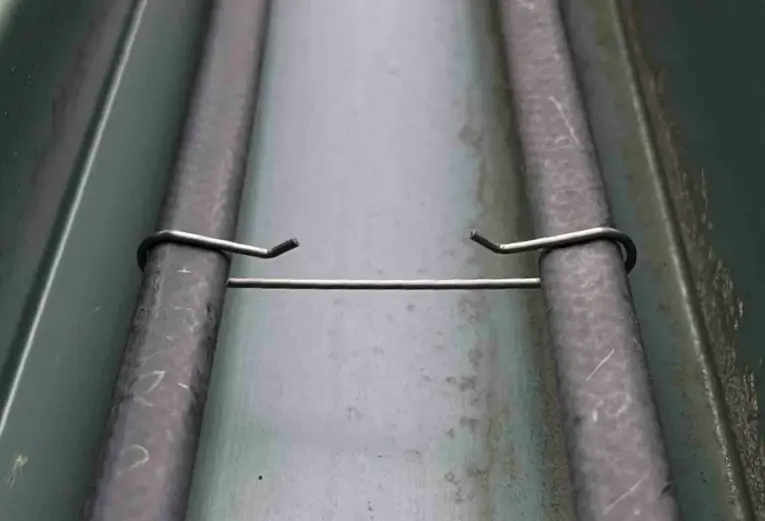
Gutter Separator Clip
Gutters that are particularly problematic sometimes require more then one run of heat tape to keep clear passages for water to escape. To maximize the effectiveness of a double-run setup, positioning the two cables optimally is key. The Heat Tape Gutter Separator Clip is designed to position two runs of Ice Dam Heat Tape within the gutter to maximize performance.
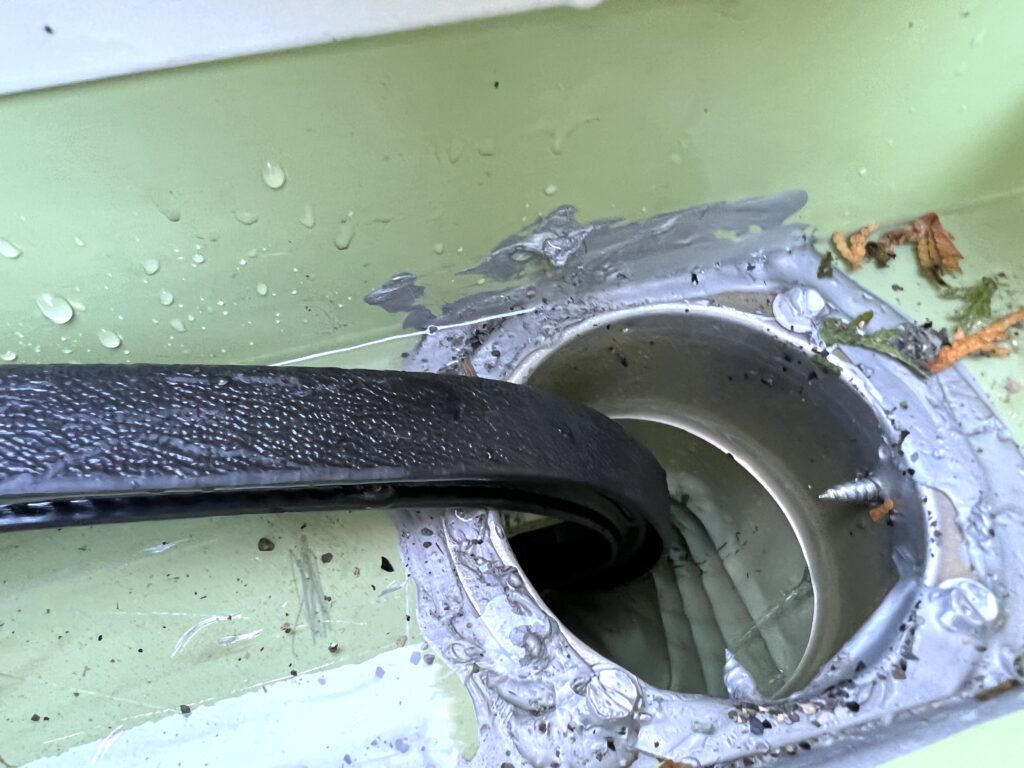
Cable Guard™
Protect your Heat Tape from sharp edges of sheet metal, screws, nails and more with Cable Guard. Designed to quickly snap onto any heat tape cable that is 5-6mm thick by 8-13mm wide. Requires no tools to install. Can be cut to length for specific uses.
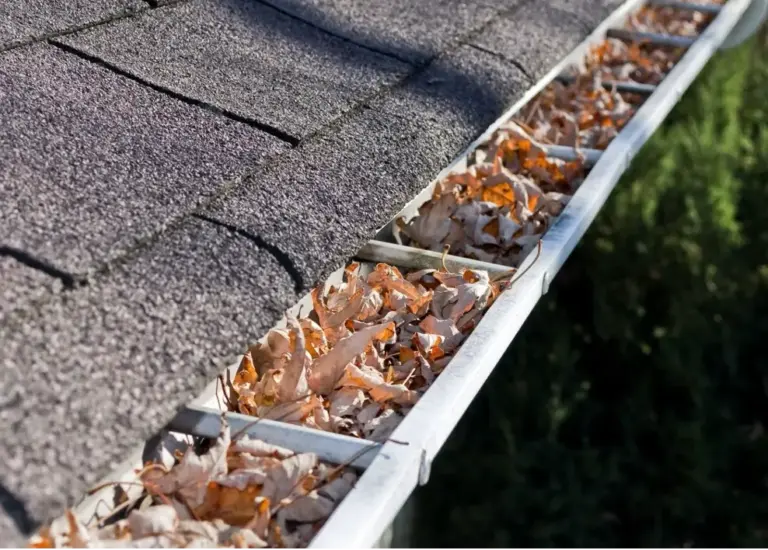
Maintaining Heat Tape Effectiveness in your Gutters
To assure that your Heat Tape PRO gutter installation remains as effective as possible, it is important to take a few steps at least once every year that maximize performance and longevity of your heat tape.
Keep Your Gutter Clean of Fallen Debris
Leaves, branches, pine needles and other debris that has fallen into your gutter can cover your heat tape, making it partially-insulated from forming ice and less effective at melting it. At the beginning of each snow season make sure your gutters are clear of debris an obstructions.
Inspect & Test Your Heat Tape Annually
It is recommended to test your Heat Tape PRO system each year to assure it is proper working order. Discovering that something is wrong when there’s 12″ of snow in January is much less convenient than in the fall, especially if ice is forming.
Monitor Your Roofs for Forming Ice Dams
Whether your gutter installation is part of an existing Ice dam mitigation strategy or just to prevent gutter ice build-up, you want to keep an eye on your roof for the formation of ice dams where you are not protecting your home with Heat Tape PRO.
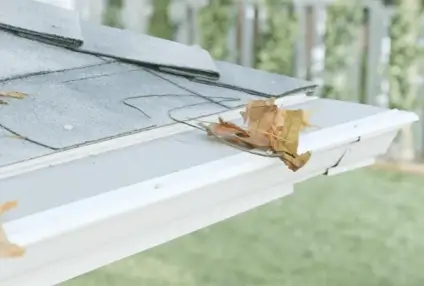
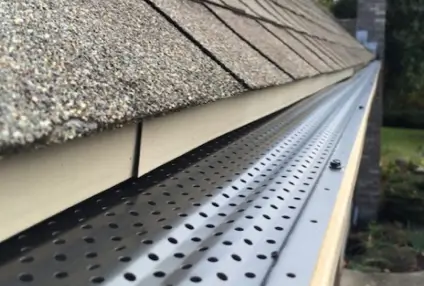
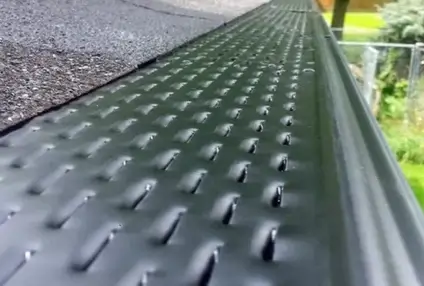
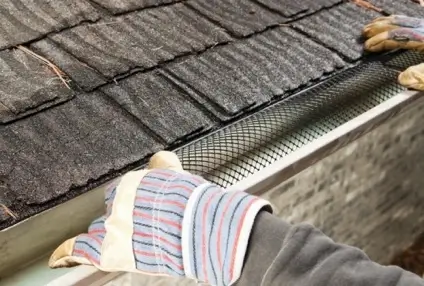
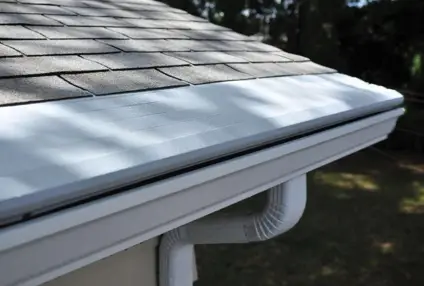
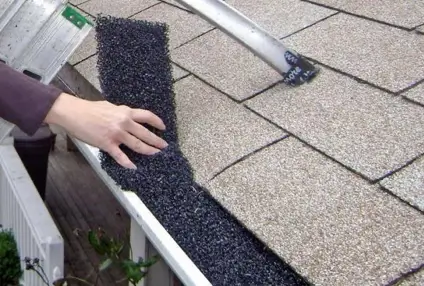
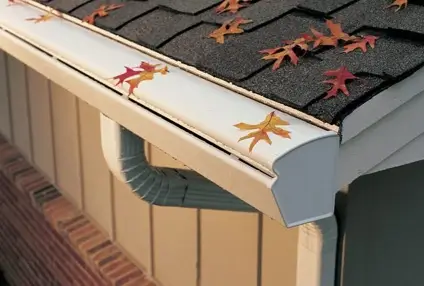
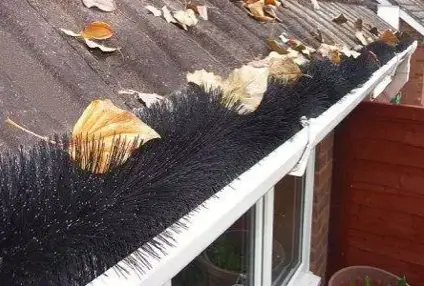
Heat Tape With Gutter Screens, Shrouds & Filters
Heat Tape PRO can be installed in conjunction with gutter guards. Each type of gutter guard system may require specific steps to assure effectiveness.
More...
Measuring for Heat Tape PRO Installation in Gutters
Understanding how much Heat Tape PRO you need for your gutter installation is a crucial step in assuring the successful mitigation of gutter ice. For more detail about the process of measuring and determining you needed heat tape length, see below:
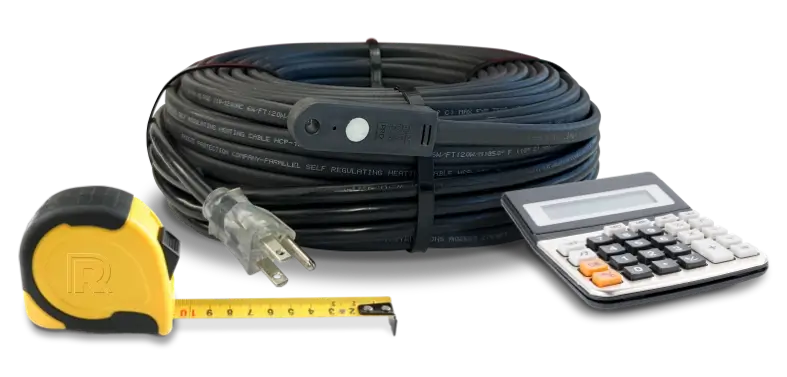
Installation of Heat Tape PRO in Gutters & Downspouts
Whatever gutter system you have, the Heat Tape PRO™ self-regulating heat cable system will keep water flowing freely all year-round. The correct installation of your heat cable plays a major role in its success. For a detailed explanation of heat tape in gutter “best practices”, see below:
